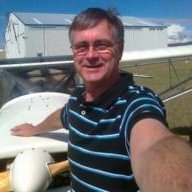-
Posts
125 -
Joined
-
Last visited
-
Days Won
2

Eric McCandless replied to flying dog's topic in AUS/NZ General Discussion

Eric McCandless replied to flying dog's topic in AUS/NZ General Discussion

Eric McCandless replied to flying dog's topic in AUS/NZ General Discussion

Eric McCandless replied to flying dog's topic in AUS/NZ General Discussion


Eric McCandless replied to Eric McCandless's topic in Jabiru

Eric McCandless replied to Eric McCandless's topic in Jabiru

